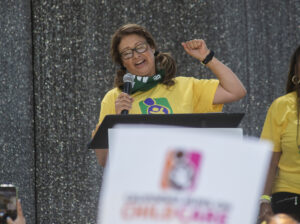
‘Historic’ California child care deal slashes ‘family fees,’ promises rate overhaul. Here’s what it means for families and providers
Families of four with incomes of up to $96,300 are eligible for subsidized child care, under new state income limits,




